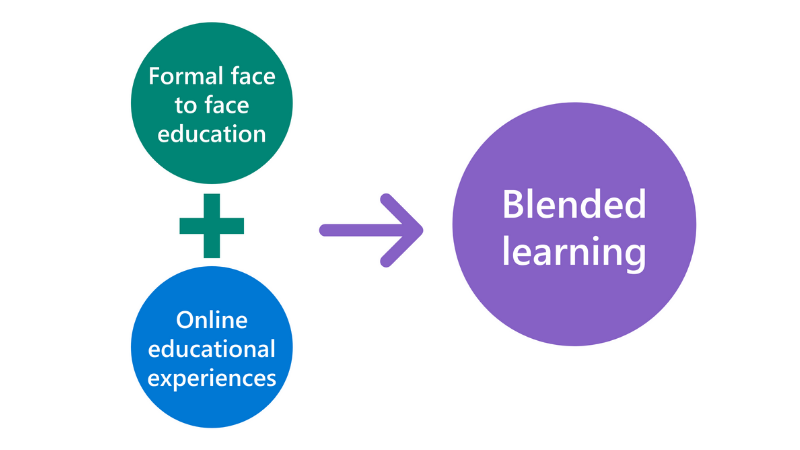Introduction to blended learning
The International Bureau of Education (IBE-UNESCO) defines blended learning as, "Structured opportunities to learn which use more than one teaching or training method, inside or outside the classroom, through which at least part of the content is delivered online." This definition includes different learning or instructional methods (lecture, discussion, guided practice, reading, games, case study, simulation), different delivery methods (face-to-face or computer mediated), different scheduling (synchronous or asynchronous), and different levels of guidance (individual, instructor or expert led, or group/social learning). More commonly, blended learning refers to a combination of face-to-face teaching and online technologies. It involves evolving traditional schooling methods and organization by taking advantage of the new technologies." The ultimate goal is to reach every student and help teachers save time.
 Consider the current model of blended learning in your organization and ponder the following questions:
Consider the current model of blended learning in your organization and ponder the following questions:
- What skills are students developing?
- What is the intended impact and is it being achieved?
- What skill development needs to be added?
- What infrastructure exists?
- What infrastructure is needed?
- What professional development is provided?
- What needs for professional development still exist?